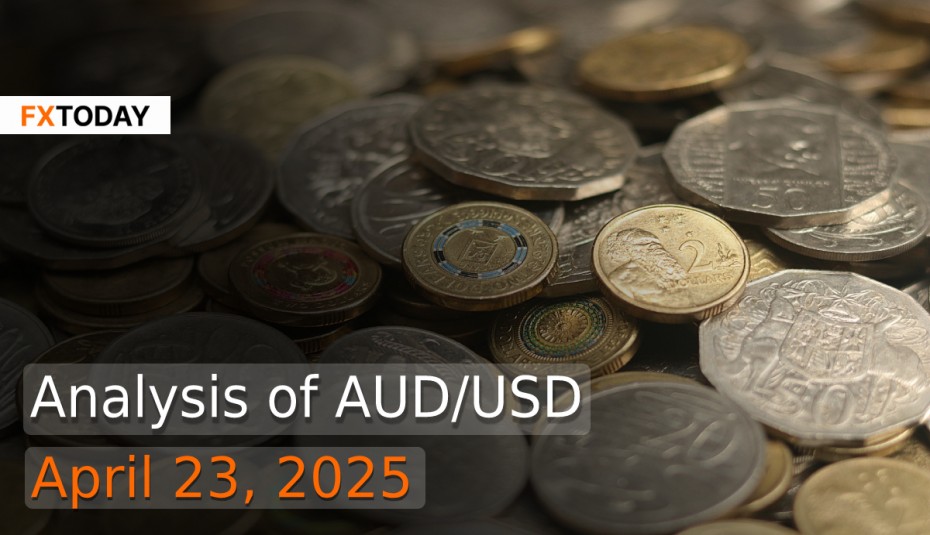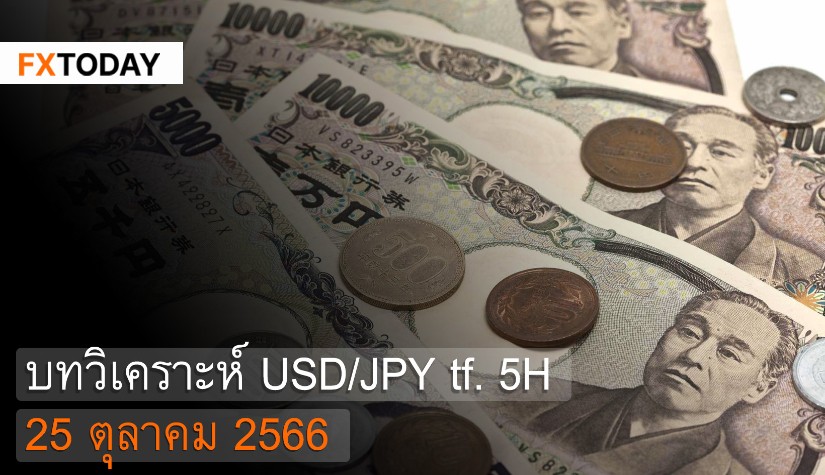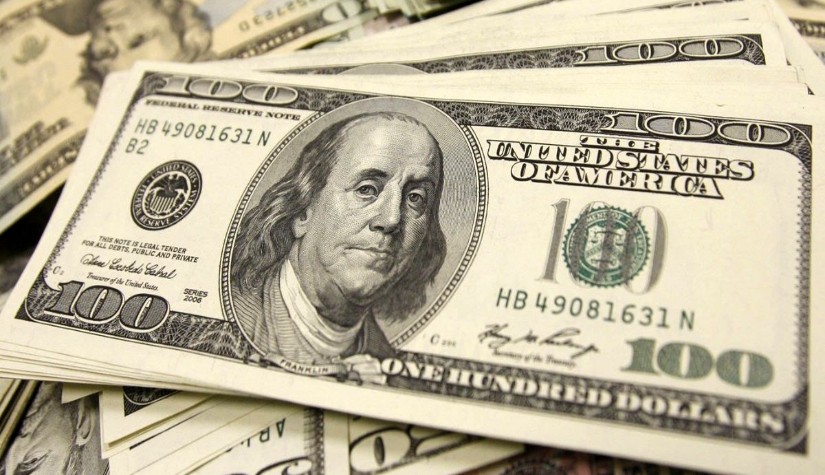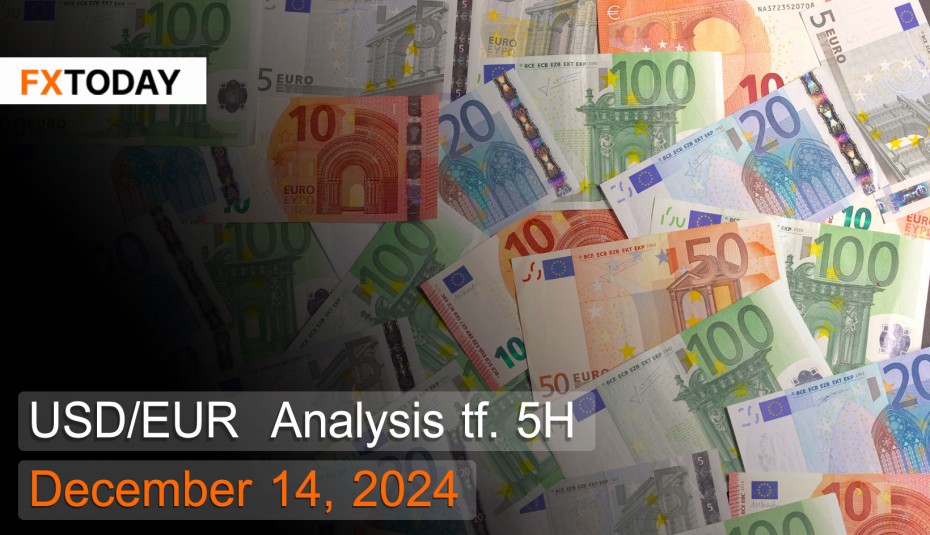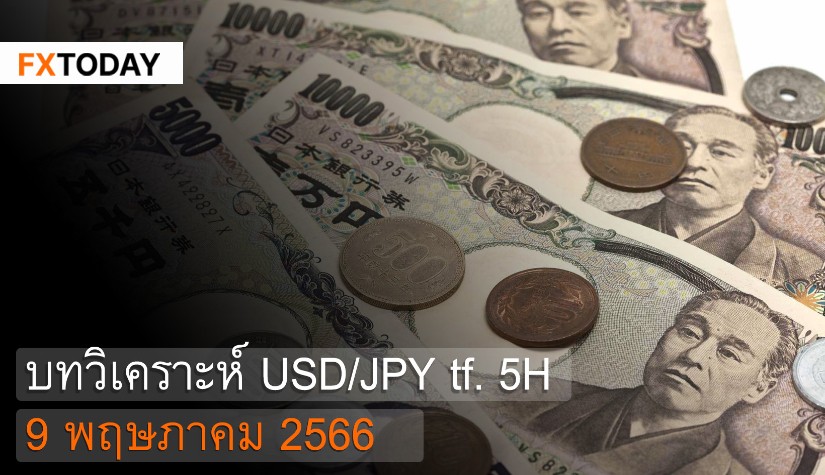AUD Rebounds, But Trade Tensions Cloud Global Outlook
The Australian dollar (AUD) recently dropped to a five-year low against the U.S. dollar but rebounded swiftly above 0.64—its highest since December 2024—driven by optimism over potential trade breakthroughs and rising U.S. risk premiums. The global trade environment continues to influence short-term currency movements.
UBS downgraded Australia’s GDP growth forecasts in response to intensifying tariff pressures, projecting 1.9% growth in 2025 and 2% in 2026, down from 2.1%. These revisions support expectations for further monetary easing by the Reserve Bank of Australia (RBA), with rate cuts totaling 75 basis points anticipated this year, starting with a 25-point cut in May.
Minutes from the RBA’s March meeting revealed a cautious stance due to global trade uncertainty and inflation risks. Although gains were noted in household spending, GDP growth, and employment, policymakers maintained a data-dependent approach. The RBA held rates steady at 4.1% in March following a February cut, but signaled May as a more informed opportunity for further action.
Analysts at ANZ and IG expect another rate cut in May, with possible follow-ups in July and August, given softening global growth and persistent inflation above target. While Australia’s labor market showed resilience in March—with employment rebounding by 32,200 and unemployment rising only slightly to 4.1%—wage growth has stalled, suggesting underlying fragility.
Meanwhile, in the U.S., the dollar surged broadly against major currencies after President Donald Trump backed away from threats to fire Federal Reserve Chair Jerome Powell, calming investor concerns about the Fed’s independence. Trump's earlier attacks on Powell for not cutting interest rates had unsettled markets and triggered a selloff in U.S. assets. However, on Tuesday, Trump reassured reporters that he had “no intention of firing him,” though he continued to advocate for lower interest rates. The dollar responded by strengthening sharply, particularly against the yen, Swiss franc, and euro.
Investor sentiment was further lifted by comments from Trump and Treasury Secretary Scott Bessent, suggesting a possible easing of U.S.-China trade tensions. Trump indicated that a trade deal could “substantially” reduce tariffs on Chinese goods—though not eliminate them—spurring gains in equity futures and stabilizing financial markets rattled by prior tariff-related uncertainty.
Despite the dollar’s short-term rebound, analysts of Macquarie Capital observe a broader downtrend. The dollar has declined nearly 10% since late December, and speculative sentiment has turned bearish. Analysts cited growing doubts about U.S. exceptionalism and safe-haven status, adding that overvaluation and erratic global leadership could limit any sustained appreciation.
At the same time, U.S. short-term government bond funds have attracted over $18 billion in inflows in April, reflecting a flight to safety amid volatile market conditions. Long-term bond funds, by contrast, experienced significant outflows, as investors gravitated toward more liquid, less rate-sensitive instruments.
Further adding to economic uncertainty, UBS sharply downgraded global and U.S. growth forecasts due to the escalating trade war. Global GDP is now expected to slow to 2.5% in 2025, with U.S. growth seen dipping to just 0.8% by 2026.
As a result, downside pressure on the Australian dollar persists amid weaker GDP forecasts and expectations of further rate cuts by the RBA. Continued monetary easing could limit upside momentum for the AUD, particularly if global trade tensions remain elevated. Meanwhile, although the U.S. dollar has strengthened recently, broader sentiment toward it remains bearish. This suggests that AUD/USD may remain volatile, with short-term resistance near 0.645 and potential support around 0.625. Unless there is a material improvement in global trade dynamics or a hawkish surprise from the RBA, the pair is likely to trade sideways with a slight downside bias in the near term.
Data for Technical Analysis (30Min) CFD AUD/USD
Resistance : 0.6397, 0.6399, 0.6402
Support : 0.6391, 0.6389, 0.6386
30Min Outlook
Source: TradingView
Buy/Long 1 If the support at the price range 0.6383 - 0.6391 is touched, but the support at 0.6391 cannot be broken, the TP may be set around 0.6398 and the SL around 0.6379, or up to the risk appetite.
Buy/Long 2 If the resistance can be broken at the price range of 0.6397 - 0.6405, TP may be set around 0.6409 and SL around 0.6387, or up to the risk appetite.
Sell/Short 1 If the resistance at the price range 0.6397 - 0.6405 is touched, but the resistance at 0.6397 cannot be broken, the TP may be set around 0.6390 and the SL around 0.6409, or up to the risk appetite.
Sell/Short 2 If the support can be broken at the price range of 0.6383 - 0.6391, TP may be set around 0.6377 and SL around 0.6401, or up to the risk appetite.
Pivot Points Apr 23, 2025 02:51AM GMT
|
Name
|
S3
|
S2
|
S1
|
Pivot Points
|
R1
|
R2
|
R3
|
|---|---|---|---|---|---|---|---|
| Classic | 0.6382 | 0.6386 | 0.639 | 0.6394 | 0.6398 | 0.6402 | 0.6406 |
| Fibonacci | 0.6386 | 0.6389 | 0.6391 | 0.6394 | 0.6397 | 0.6399 | 0.6402 |
| Camarilla | 0.6391 | 0.6392 | 0.6392 | 0.6394 | 0.6394 | 0.6394 | 0.6395 |
| Woodie's | 0.638 | 0.6385 | 0.6388 | 0.6393 | 0.6396 | 0.6401 | 0.6404 |
| DeMark's | - | - | 0.6387 | 0.6393 | 0.6396 | - | - |
Sources: Investing 1, Investing 2

